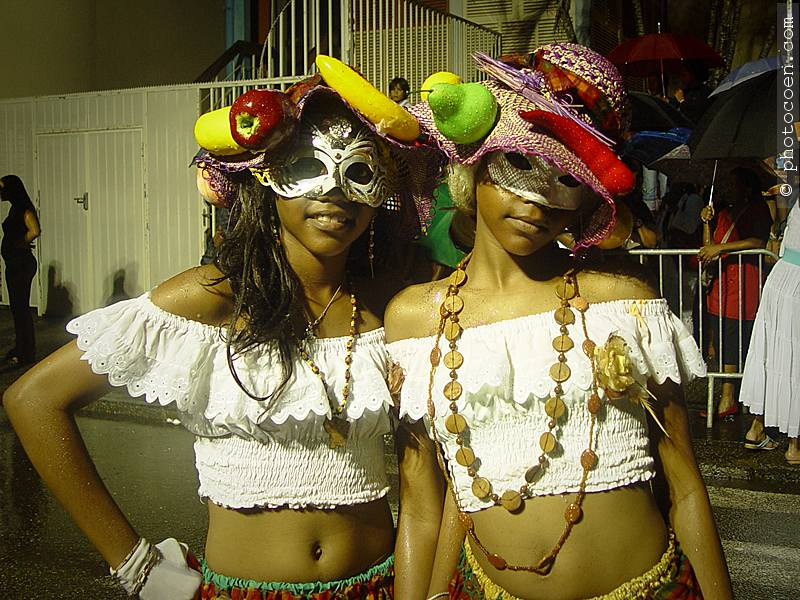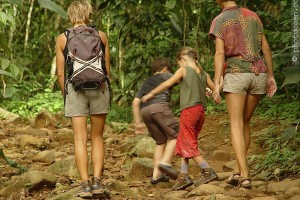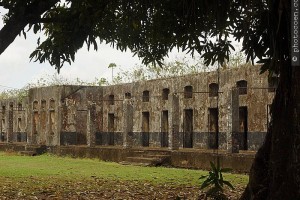“That’ll be 11,50 euros,” the cashier said, bagging my groceries:
- a kilo of tomatoes (€5)
- a loaf of bread (€4)
- a bottle of red wine (best deal: €2,50)
Geographically speaking, French Guiana belongs to South America, but it’s officially an overseas department of France and hence part of Europe. With that status come the euro, and the cost of living to match.
Fortunately, we’ve found ways to enjoy the country without going bankrupt.





